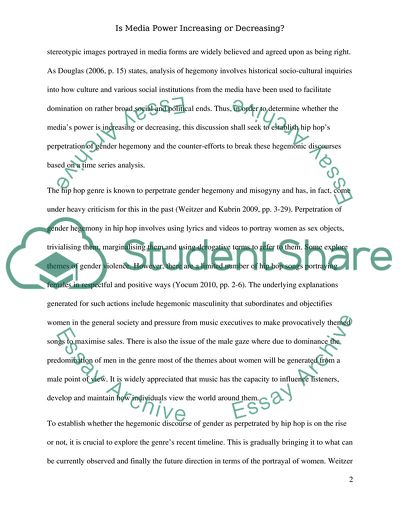Cite this document
(“Hip Hop and Race Portrayal in News Essay Example | Topics and Well Written Essays - 1750 words”, n.d.)
Retrieved from https://studentshare.org/journalism-communication/1582713-hip-hop-and-race-portrayal-in-news
Retrieved from https://studentshare.org/journalism-communication/1582713-hip-hop-and-race-portrayal-in-news
(Hip Hop and Race Portrayal in News Essay Example | Topics and Well Written Essays - 1750 Words)
https://studentshare.org/journalism-communication/1582713-hip-hop-and-race-portrayal-in-news.
https://studentshare.org/journalism-communication/1582713-hip-hop-and-race-portrayal-in-news.
“Hip Hop and Race Portrayal in News Essay Example | Topics and Well Written Essays - 1750 Words”, n.d. https://studentshare.org/journalism-communication/1582713-hip-hop-and-race-portrayal-in-news.


